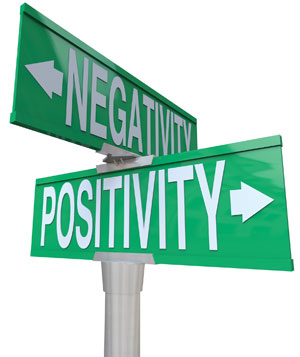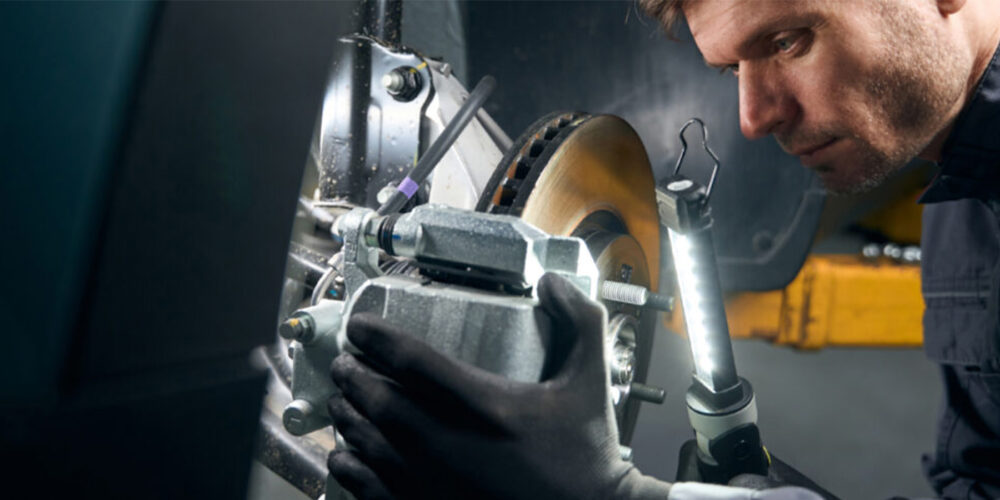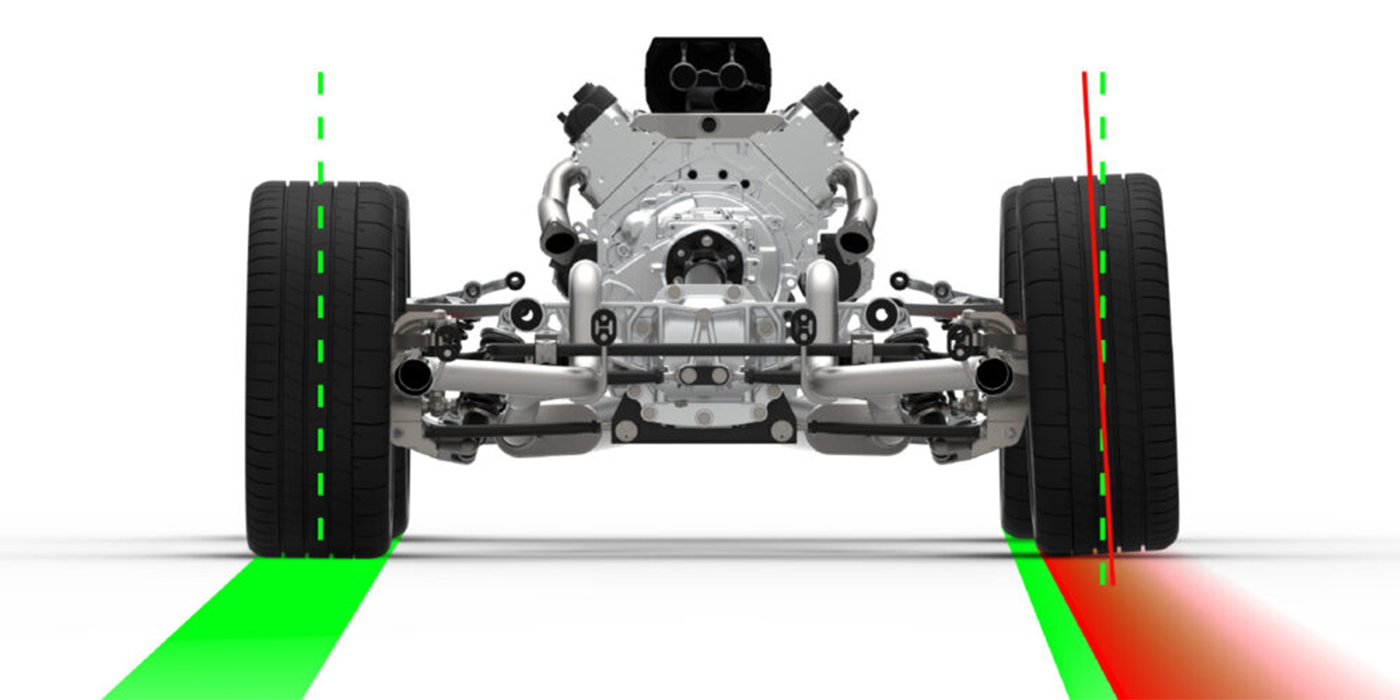By Steve Ferrante
CEO, Sale Away LLC
Have you ever considered the fitness level of your sales and customer service efforts? I’m not talking about some sort of employee exercise program. Rather, I’m asking if the employees who provide sales and service to your customers are functioning at peak performance.

If you haven’t given this proper consideration, you’re probably not seeing the big picture issues that could be hurting your business. Just as with personal fitness, there are many aspects to managing the well-being of a sales and customer service effort.
With personal fitness, exercising one area, say your shoulder muscles, will improve the shape and performance of that area, but will do little for the rest of your body and overall conditioning.
Sales and customer service fitness is much the same way. It’s about conditioning all the elements that make up high-quality customer service by executing specific strategies and techniques to improve performance and results.
In order to reach an optimal level of customer service fitness, there are certain questions that you need to ask. The answers will give you a clear overview of where you are succeeding and where improvements need to be made. Here are a few key area questions you should be asking:
How Do They Sound?
This is often overlooked, but for effective customer communication, how we sound is actually more important than what we say. Along with appearance, the voices of your employees are a significant part of the first impression that a customer receives from your company. Are they positive, professional and upbeat, or do they sound bored, tired and disinterested? Make some calls to your store and find out for yourself. If you’re hearing less than pleasant, cheerful voices on the line, guess what? Your customers are, too!
What Do They Say?
Does your team understand how to have a customer-focused conversation? Too often employees are me-focused and will recite the company anthem and provide product and service information like they’re reading from a catalog. Not good. After all, it’s about the customer — not you or your business. As Stephen R. Covey simply put it, “seek first to understand, then to be understood.” To maximize results, employees need to know how to effectively listen to customers and evaluate needs/wants before making service or product recommendations.

What is Their Attitude?
Positive attitudes are the engine that drives exceptional customer service, so be honest here. Does your management and work environment contribute or detract from proper attitudes? Do your employees feel appreciated and recognized by the company? Employee dissatisfaction can dramatically affect a company’s customer service culture and, ultimately, its bottom line. If they’re feeling negative and underappreciated, you can rest assured that they will either directly or indirectly communicate this to your customers.
Are You Keeping Your Team In Peak Condition?
Training and skills enhancements should be ongoing processes to ensure that your team is knowledgeable and up-to-date on everything that they need to know to succeed. A sales organization that is not well trained often loses those precious sale opportunities, therefore costing the businesses they represent substantial dollars in lost revenues and profits. The same is true of customer service. Without a well-trained customer service staff, you’re not maximizing customer interactions and any deficiency in this area leaves the door open for capable competitors to take the business away from you! Sales and customer service are the life-blood of every business. No Train, No Gain!
Steve Ferrante is the CEO of Sale Away LLC and has more than 20 years of successful sales, sales management and sales training experience. Through his Pinnacle Performance sales and customer service training program, he has received national acclaim for teaching independent tire and auto service businesses how to improve customer relations and produce greater sales results. Steve can be reached directly at 866-721-6086 ext. 701 or via e-mail at [email protected].













